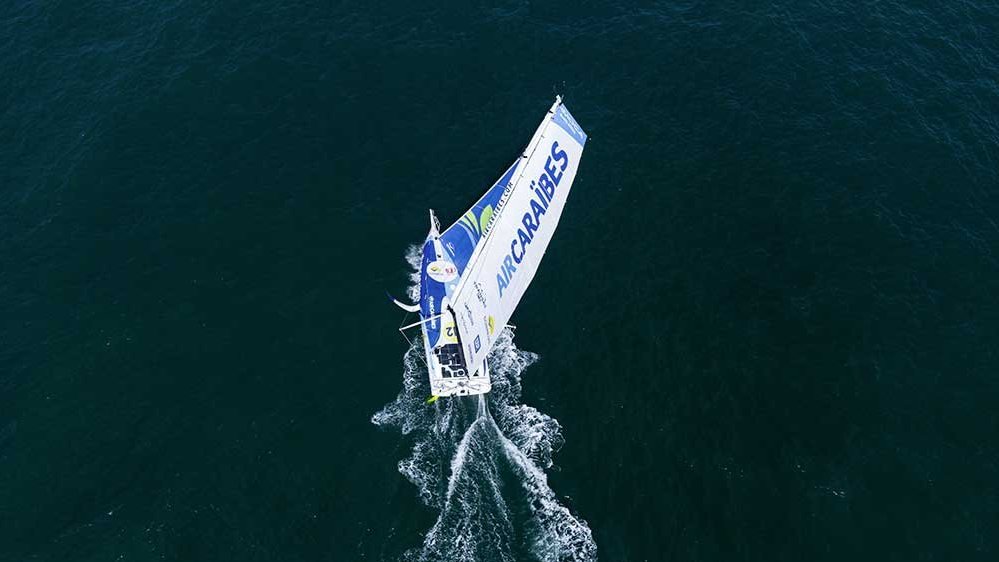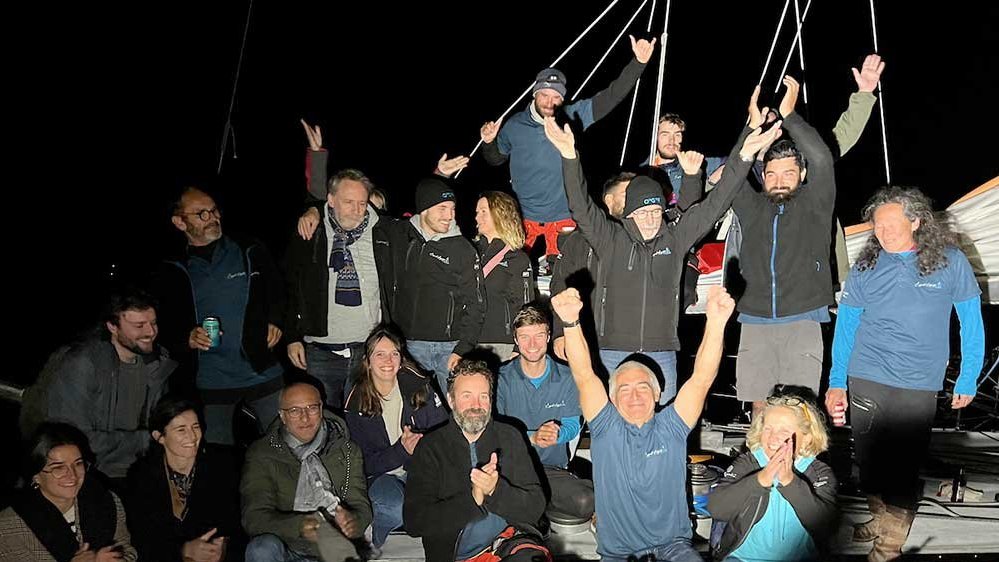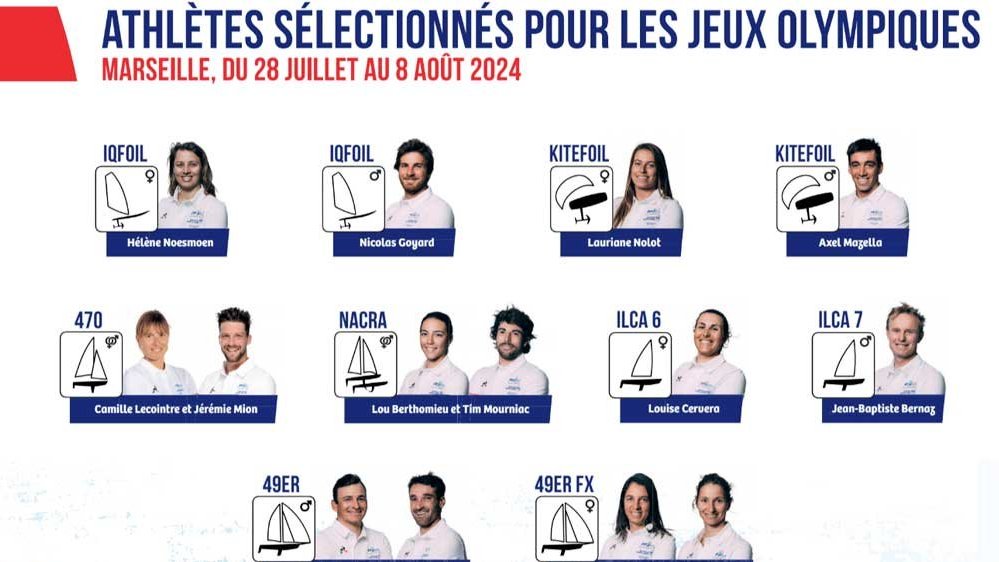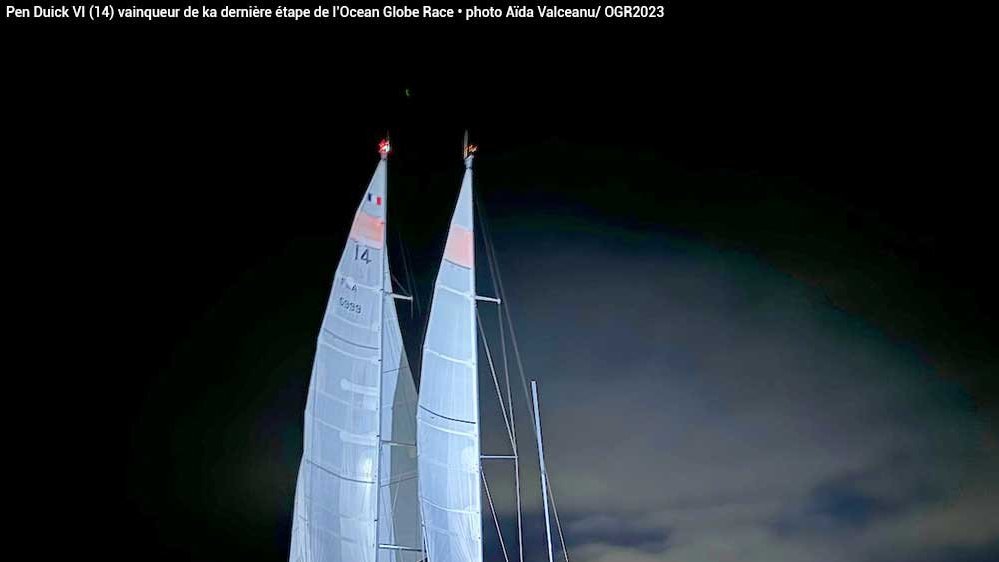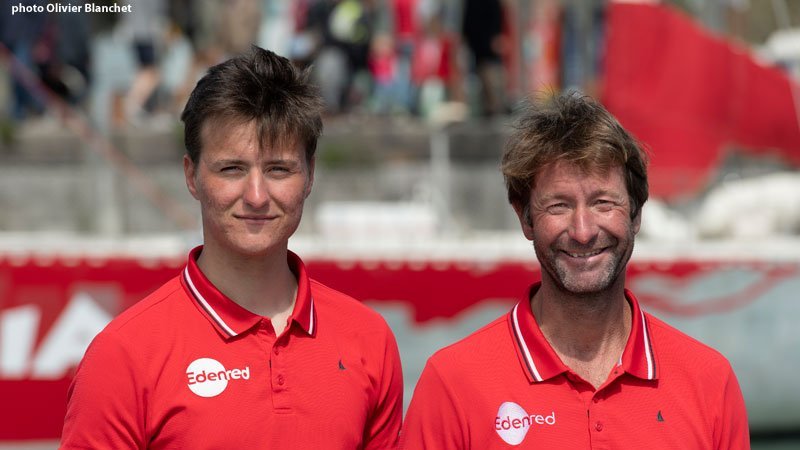
Rolex Middle Sea Race
Stromboli record for George David and the 90’ Rambler
Rambler has set a new Course Record of 47 hours 55 minutes and 3 seconds
lundi 22 octobre 2007 –

For George David and the crew of the 90-foot Rambler (USA) it was a dream come true. Hardly in their wildest dreams could they have believed they would eclipse so comprehensively the Rolex Middle Sea Race course record Record #sailingrecord at their first attempt. Remember Neville Crichton had two goes in the exact same boat and did not come close ; such was the cruel nature of the conditions during his assaults.
The weather was cruel for Rambler too. Ken Read does not strike one as someone prone to hyperbole, and when he describes the race as ’really windy’ you get the feeling he is not letting you in on the whole truth. This is confirmed when he continues, "when we went around the north west corner of Sicily heading out to the islands we actually took the mainsail down for almost twelve hours. With a storm jib and mainsail in 45-knots it was white out, you couldn’t see. The boat was literally just flying off waves. We found a really nice rig a bit unexpectedly, it was a storm jib on the front-stay and a genoa staysail on the middle-stay."
Rambler’s record Record #sailingrecord breaking run was exceptional. She did the first half of the course to Favignana in 1 day 5 hours 26 minutes, having had a great run all the way to Messina and beyond to Stromboli. The second half of the course took 18 hours, with a drastically reduced sail plan - for good reason as Read explained, " the hardest part of the race was day two, waiting for the front to come. The anticipation, that nervous feeling in your stomach [when] you know 50-knots is coming. We had squally weather all day. We got through it and were reefed down enough that when the front finally hit and we saw 40 knots straightaway we were storm jib and triple reefed so we did not have that panic that we’ve got to get stuff squared away.waterspouts were forming all around us and we had one fully coned waterspout pass about a half-mile away from us."
The preparation was 20/20 vision because at this point that trouble really hit, as Read continued, "then the forward hatch blew off for the second time. The guys got it bolted back on, literally through bolting it back on again. It was leaking like a sieve and had a big crack in it. My big fear was if that hatch went. It was only a matter of time before that thing came loose again and if it did we had a couple of plans but I’m not sure any of them were going to work.
We were taking tons of water over the bow every time it goes down a wave and without a real hatch we had to back off. The waves would pile up on these shallow shelves that go from very deep water to quite shallow water so the waves were big and breaking. You just start down into the tunnel and there is no way out. If you are going too fast you can’t steer through it. So that’s when we backed off and made sure we had steering ability to be able to keep the bow from burying in. We sailed under storm jib and staysail for probably10 hours, through most of last night. I’m glad we had the preparation."
Read was impressed they had taken so much time off the record given the conditions and the circumstances of the boat. "I think for a record pace run we had too much wind, you cannot effectively sail the boat in that much wind and at some point you are going to have to pull back for the safety of the boat and the safety of the crew."
Read’s final remark says it all about knowing when to hold and when to fold, "we could have taken two more hours off [the record] but then again we could be out there getting air-lifted off."
For Loki the drama was truly life threatening. Sailing along in 35-knots at 15/16 knots of boatspeed there was a sudden bang and the crew saw the rudder floating away behind the boat. Talking to owner Stephen Ainsworth earlier today he explained how they brought the boat under some semblance of control and made contact with Race Control to report their circumstances at 1730 on Saturday evening. Tomasso Chieffi, a last minute addition to the crew of Atalanta II, the Italian mini-maxi of Carlo Puri Negri, made the seriousness of the situation absolutely vivid. On hearing of Loki’s distress, Atalanta diverted back to see what assistance she could offer, as Chieffi explained, "sailing along side with Loki, Lucas Brown finally was able to get in contact with them over the phone. We heard that the rudder blade was broken. The first idea was to tow them but we did not have a rope that was strong enough to do so. Furthermore, the sea was so high that sometimes the waves were breaking over the mast. It was very difficult to go too near to Loki, the rolling motion was so huge that it was absolutely too dangerous."
The Italian Coastguard scrambled two boats, but even the larger of the two was unable to do more than standby the wounded Loki. With the lee shore of Golfo di Castallammare fast approaching and the weather conditions atrocious the decision was eventually taken to evacuate the crew by helicopter. The Italian Airforce Base in Trapani sent a Sikorksy HH3 F from 15 Wing to undertake the lift. Such was the motion of Loki and height of her mast that the crew had to get into a liferaft for the lift. The first eight crewmembers were picked up at about 10.20pm and the second batch at midnight. Before leaving the stricken yacht an anchor and about 200-feet of rode were laid and this morning it appears that the anchor had held with Loki spotted floating off the coast in reasonably deep water. Ainsworth reported that attempts to get back out to the boat were being hampered by the continuing bad weather in the region.
That everyone was taken off Loki unharmed is testament to the skill of the Italian Airforce Crew who were flying in peak winds of 45-knots and reduced visibility due to the intense rain and thunderstorms. The height and motion of Loki’s mast meant a lift straight from the yacht was untenable. A rescue diver, Antonio Di Domenico was dropped into the water to manage the transfer from yacht to liferaft and then to the helicopter. Twice.
Loki’s crew is all safe ashore in Palermo and were able to contact their families to reassure them of their circumstances. Now all they can do is wait for a window to recover Loki. At time of going to press with this report, fifteen yachts are still in the race. Rubino (GBR), Roaring Forty (BEL) and Vineta (GER) have passed Pantelleria, and the leading Maltese boat is perhaps unsurprising Arthur Podesta’s Elusive. Podesta’s wife Christine reported having spoken to the crew this morning and found them all in good spirits. Remarkably, Slingshot (GBR) one of the two double-handers to set off on Saturday is still racing and currently is approaching Favignana.
George David’s Rambler has set a new Course Record of 47 hours 55 minutes and 3 seconds.
Robert McNeill’s Zephyrus IV established the previous Course Record of 64 hours 49 minutes and 57 seconds in 2000.
Voir en ligne : Press info Key Partners (KPMS) / www.rolexmiddlesearace.com
Dans la même rubrique
Rolex Fastnet Race : ICAP Leopard smashes Fastnet race record by 8h50’

Giraglia Rolex Cup : "Beginner’s Luck" for Libertine in St Tropez
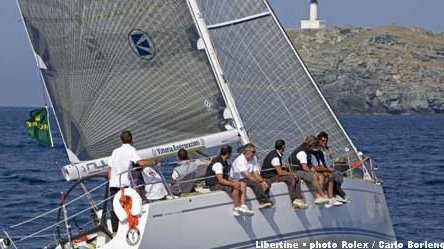
Rolex Sydney Hobart : Another "Classic" lives up to its tough reputation
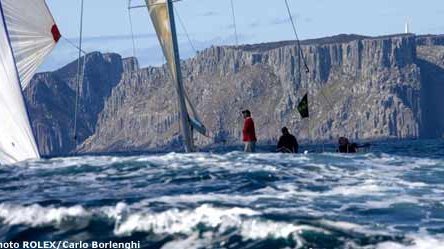
Rolex Sydney Hobart : Wild Oats XI wins again in Hobart

 Sea, Sail & Surf news
Sea, Sail & Surf news